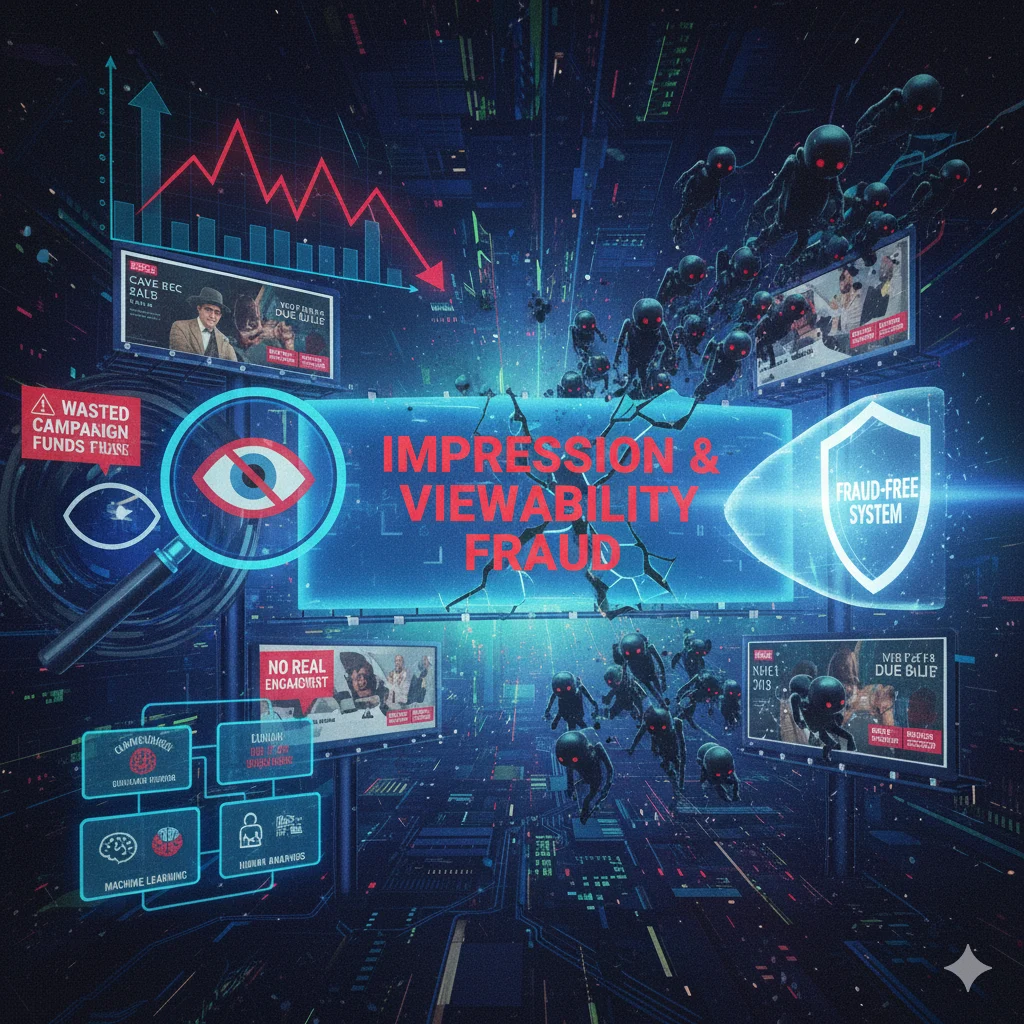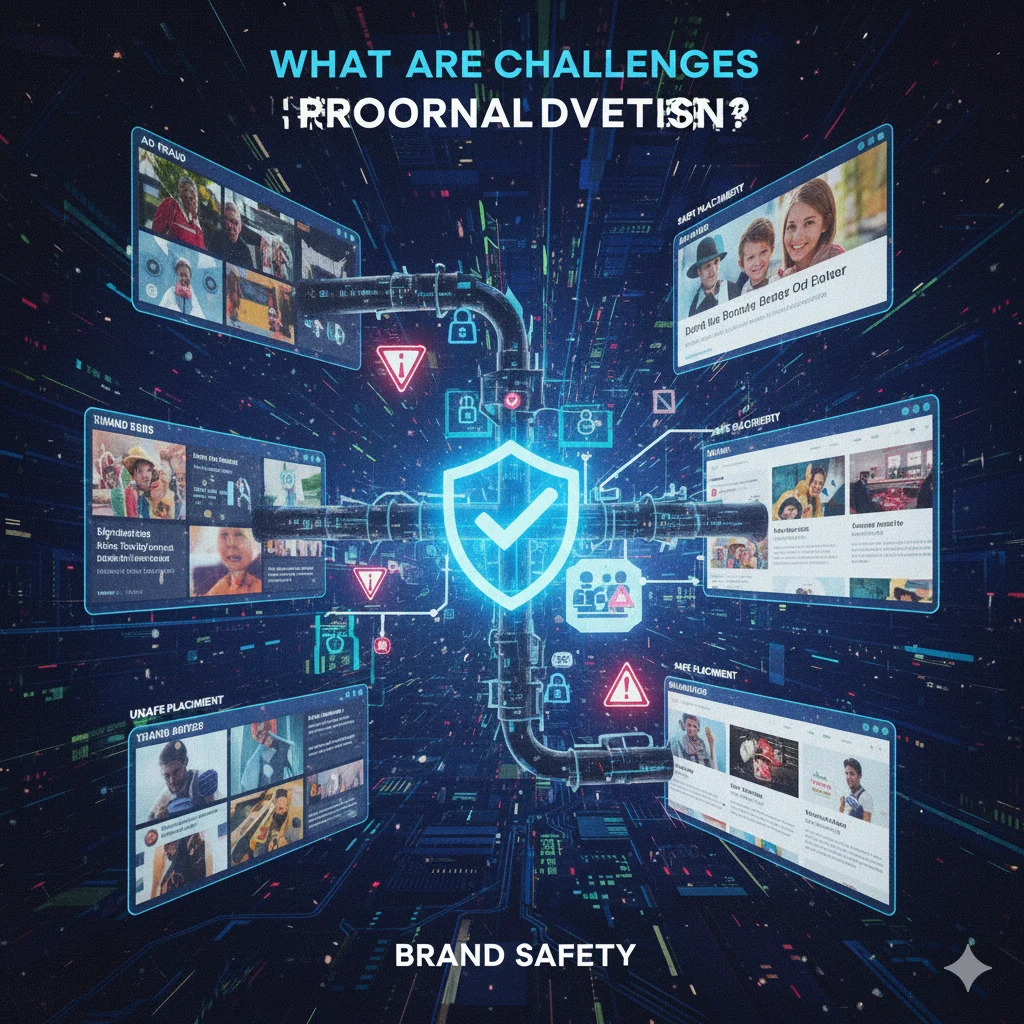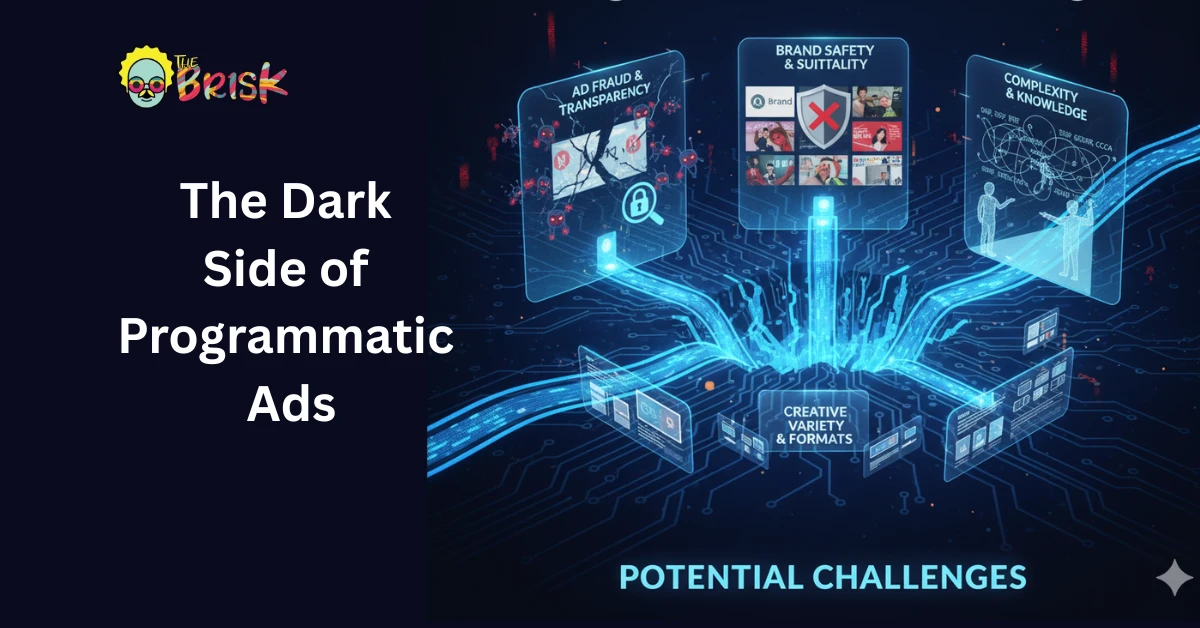Overview
Programmatic advertising has progressed significantly.
While brands were delighted to use agency resources to manage programmatic in the beginning, as programmatic investment has risen, budget and investment have come under more scrutiny.
To uncover economies and boost ROI, brands are increasingly asking for greater transparency in programmatic.
For some, this entails scrutinizing agency partners to strike the best balance. Others will have to bring programs in-house.
In any case, programmatic continues to grow as the preferred method of audience acquisition. However, for marketers to benefit from it, they must overcome several obstacles.
Biggest Programmatic Advertising Challenges
1. Impression and Viewability Fraud
Advertisers have been concerned about ad fraud since the beginning of display advertising. Ad fraud is still a major threat in the digital advertising market, and it is not limited to programmatic advertising.
Because the success of digital ads is measured by impressions and views (or other similar KPIs), advertisers must ensure that these views, clicks, and so on are generated by humans rather than other nefarious forms to drive performance.
Ad fraud can take many forms, including bots, ad stacking, and ghost sites (you can learn more about the different types of ad fraud here).
These strategies increase performance metrics but provide no true human engagement with commercials.
These ad “impressions” are nonetheless paid for using campaign funds, wasting campaign funds, and lowering performance.
This data, derived from both machine learning and human analysis, is incorporated into technologies to prevent new non-human traffic from entering platforms in the first place.
Google is one of the industry leaders forging a route toward a fraud-free society by employing a system similar to the one described above.

2. Inventory Quality
The ad inventory that a publisher makes accessible for programmatic buying on the open market is referred to as programmatic inventory.
Consider this: when you browse the web and open a webpage, display adverts will most likely appear alongside the content you’re seeing.
This is happening in every browser across the United States and the world. There is plenty of stuff available – there is no scarcity.
However, advertisers are drawn to programmatic advertising for quality rather than quantity.
Brands can use programmatic advertising to display their ads in front of relevant, interested consumers, boosting the likelihood that they will interact with the ad.
When it comes to programmatic advertising challenges, advertisers are preoccupied with how to acquire the highest quality rather than quantity.

3. Brand Safety
Again, brand safety is not a concern unique to programmatic advertising, but one that advertisers face across the board in display and digital advertising.
Brands want to make sure their ad material isn’t presented next to something bad, provocative, violent, or otherwise potentially damaging to their brand.
Whatever the reasons are for your brand’s aversion to appearing next to particular types of material, those restrictions must be enforced throughout all campaigns.

4. Creative Forms For Programmatic (variety of sizes/formats)
Many advertisers consider the various ad sizes required for the various ad formats offered to be one of the most difficult programmatic advertising difficulties.
In addition to programmatic video and audio, advertisers should be aware of mobile, tablet, and desktop display units in various sizes for their campaigns. Identifying and creating these many ad types can be a time-consuming task.

5. Knowledge
DSP, CTR, DOOH, SSP, DMP, CCPA, RTB – the list is endless. With the ongoing evolution of new acronyms, language, strategies, and policies in the programmatic sector, many marketers believe they are lagging in terms of what is most up-to-date.
However, you are not alone; according to Bannerflow, 50% of people who use programmatic advertising do not completely comprehend it.
With so many platforms and purchasing choices available, it can be tough to determine which is best for your campaign or company in general.
In addition to determining which channel is ideal to run your advertising on, you must also keep up with the increasing and expanding consumer privacy requirements.

Potential Challenges
Potential programmatic advertising challenges include:
- Commoditization: Programmatic, like other forms of media, has become commoditized. Everyone is competing in the same field, thus certain types of advertising may be uncommon.
With the growing popularity of Programmatic Guaranteed, an increasing proportion of non-commoditized inventory is becoming programmatically offered to advertisers.
- Transparency: While programmatic gives advertisers more control over where their ads appear, advertisers still want brand safety and transparency. These issues are addressed by Amazon Ads and various third-party solutions.
- Learning Curve: Programmatic involves a learning curve that can be intimidating at first. Working with partners, agencies, or Amazon Ads directly can assist advertisers in easing into programmatic advertising.
Despite the risks, brands that do not use programmatic advertising may miss out on the benefits of efficiency, reach, transparency, and accountability.

How To Choose The Best Programmatic Ads Agency For You
- Check to see if the agency is renowned and trustworthy.
- Discuss your business and media objectives.
- Learn about the services provided by the agency.
- Check that the fit is correct.
- Make certain you comprehend your ROI.
- Think about the payment structure and price of future campaigns.
- Inquire about transparency with them.
- Stack of programmatic media buying technology
- Inquire about the Demand Side Platforms (DSPs) they utilize or the DSPs in which they have experience.
- Programmatic strategy and programmatic innovation
- Make certain that it is safe.
- Structure of Services
- Make certain you have a healthy working relationship.
- Work of high quality
- Long-term agreements
- Service and culture
Takeaway
There are a few recurring concerns with programming, but they are all avoidable with education and effort.
This includes concerns about brand safety. It’s still a young technology, a teenager, so there will undoubtedly be some complications.
But one thing is certain: you will want to be very familiar with programmatic before it grows.
If you follow these steps, the relationship between programmatic and your marketing plan will thrive.
Moreover, The Brisk is always there to help you out in such situations. When the market completely embraces programmatic, it will forever change display advertising for the better.




No Comments